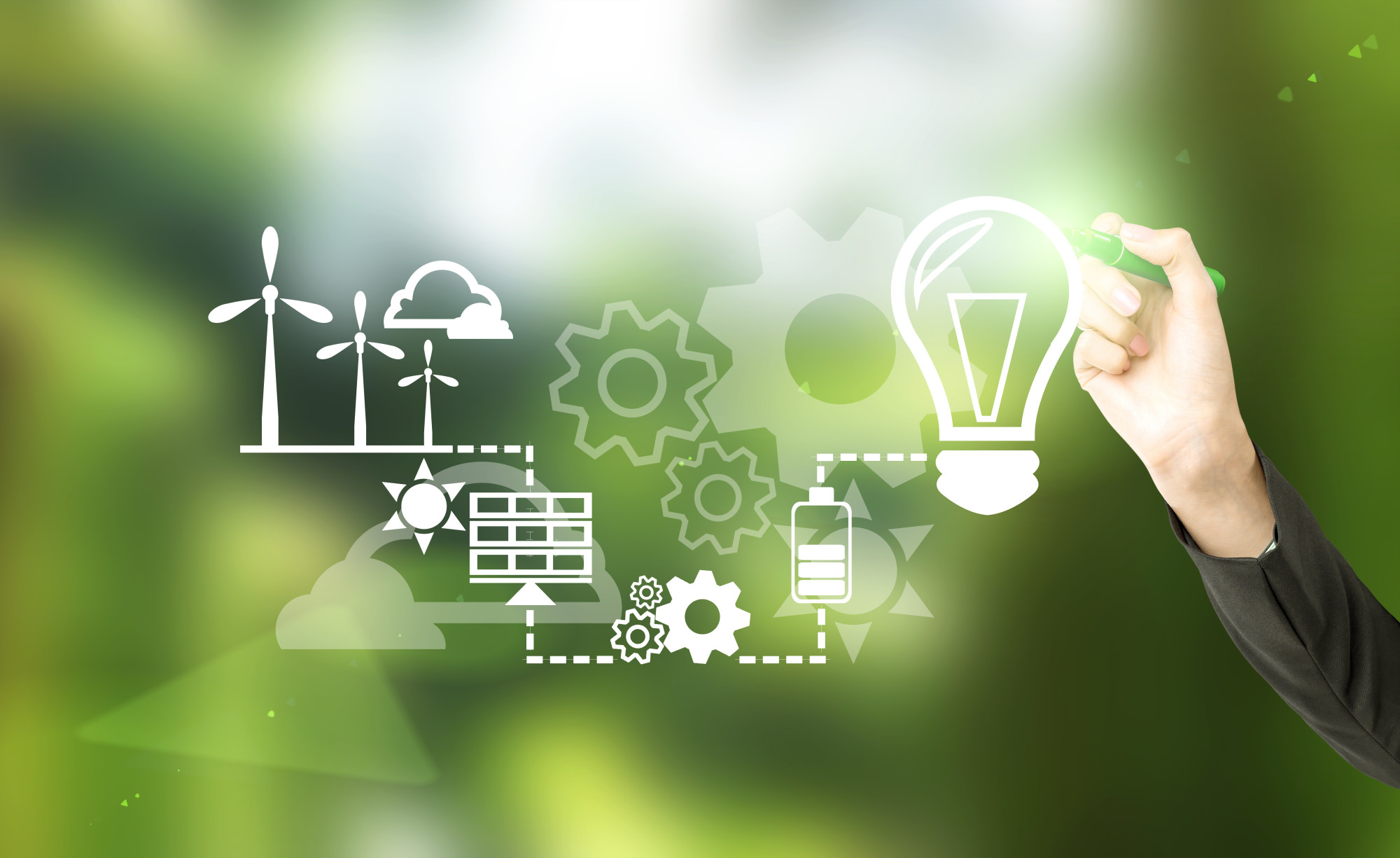Did you know that around 80% of our energy comes from fossil fuels? While that number is high, it has decreased over the past 20 years. In the year 2000, around 88% of our energy came from fossil fuels.
There are several cons to using fossil fuels, such as pollution, greenhouse gases, and the fact that they are not replaceable. Because of these cons, many people are switching to alternative energy.
What is alternative energy and what are some of the most common alternative energy sources? Keep reading to find out!
1. Solar Energy
One of the most common alternative energy examples is solar energy. Of all the different types of renewable energy, solar energy is one of the most accessible. All you need to start using solar energy in your home is a roof and solar panel setup.
If you want to power your home using solar energy, you first need to find a solar company to help you set it up. Then you can start saving money on your electric bill!
Solar energy works by capturing sunlight from the sun and converting it into energy. One of the biggest benefits of using solar energy is that there is an unlimited amount. The sun produces more than 10,000 times enough energy for the world in a single second.
2. Wind Energy
Another one of the most common energy sources is wind. Wind energy works by using big wind turbines to convert wind into energy.
Unlike solar energy, most households don’t install wind turbines on their property. That is because wind turbines are big and expensive. The most common places to see wind turbines are in big open fields.
The best things about wind energy are that it is a clean source of energy and it creates jobs. The biggest cons are that wind turbines are big and expensive.
3. Geothermal Energy
Did you know that there is geothermal heat trapped beneath the earth’s surface? This heat can create energy.
To make geothermal electric energy, hot water is pumped from below the surface. The hot water creates steam, which creates an energy source.
Geothermal energy is great because the entire system is underground with no impact on the land. Unfortunately, it is expensive to build underground processes.
4. Hydroelectric Energy
If you have ever seen a dam, you have seen the process of creating hydroelectric energy. To make this energy, water flows through turbines built into the dam. The water is then released and flows downstream.
The biggest benefit to using hydroelectric energy is that dams are everywhere. There can be a large dam or a tiny dam, depending on the needs of society. The bad thing about dams is that they use energy to keep the water flowing.
Are You Ready to Switch to Alternative Energy?
With fossil fuels becoming scarce and causing pollution, alternative energy resources are paving the way to a more sustainable future. Some of the most common types of alternative energy include solar, wind, geothermal, and hydroelectric.
If you want to start using renewable energy today, reach out to your local alternative energy companies. Did you enjoy reading this article about renewable energy? Next, check out the lifestyle category for more tips!

